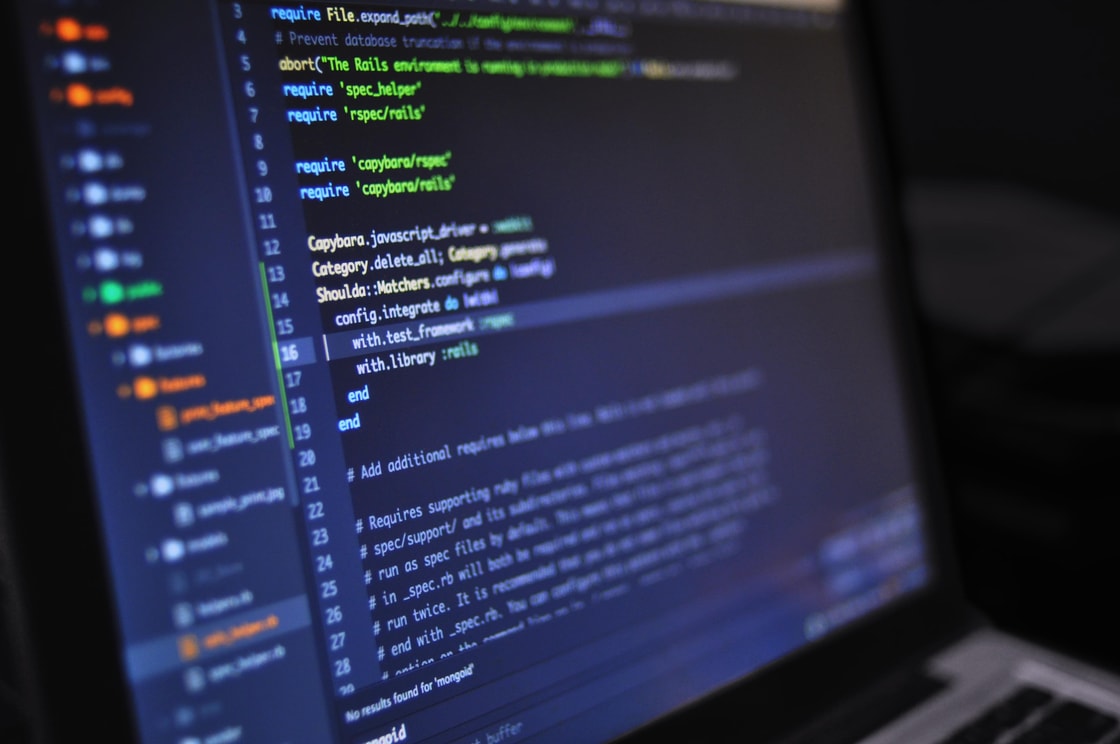Getting Started with Python: Windows and Linux Setup

- Published on

Python is a powerful and versatile programming language perfect for beginners and experienced programmers alike. If you want to learn Python, the first step is setting up your development environment. Here's a simple guide for both Windows and Linux users.
Windows
Download Python:
- Go to the official Python website (https://www.python.org/downloads/windows/)
- Choose the latest version of Python and download the installer for Windows.
Run the Installer:
- Open the downloaded installer and follow the prompts.
- Crucial: Check the box to "Add Python to PATH" during the installation. This lets you access Python from the command line.
Verify Installation:
- Open a command prompt (search for "cmd").
- Type
python --versionand press Enter. If successful, you'll see the installed Python version.
Linux
Most Linux distributions come with Python pre-installed, but it's often an older version. Let's make sure you have the latest:
Check Existing Version:
- Open a terminal window.
- Run
python3 --version.
Update or Install (if necessary):
- Ubuntu/Debian: Use the apt package manager:
sudo apt-get update sudo apt-get install python3 - Fedora/CentOS: Use the yum package manager:
sudo yum install python3
- Ubuntu/Debian: Use the apt package manager:
Verify Installation:
- Run
python3 --versionin your terminal. You should see the updated version.
- Run
Code Editor/IDE
Now you need a place to write your Python code! Here are some popular choices:
- Visual Studio Code (VS Code): A versatile code editor with excellent Python support. Download from https://code.visualstudio.com/
- PyCharm: A full-featured IDE (Integrated Development Environment) for Python. Find it at https://www.jetbrains.com/pycharm/
Installing Packages (pip)
Python comes with a wealth of built-in functionality, but its real power lies in external packages. You'll use "pip," the package installer for Python.
- Example: Installing NumPy (a popular scientific computing package):
pip install numpy
Hello, World!
Let's write your first Python program:
Open your chosen code editor/IDE.
Create a new file and name it
hello.py.Type the following code:
print("Hello, World!")Save the file.
To run it:
- Open a terminal or command prompt.
- Navigate to the folder where you saved
hello.py - Type
python hello.pyand press Enter.
You should see "Hello, World!" printed on your screen!
Congratulations! You've got Python running on your system and are ready to start coding.
Additional Tips
- Virtual Environments: Consider using virtual environments to isolate your projects and avoid conflicts between different package versions.
- Learn the Basics: Start with a good Python tutorial or online course to understand the fundamentals of the language.